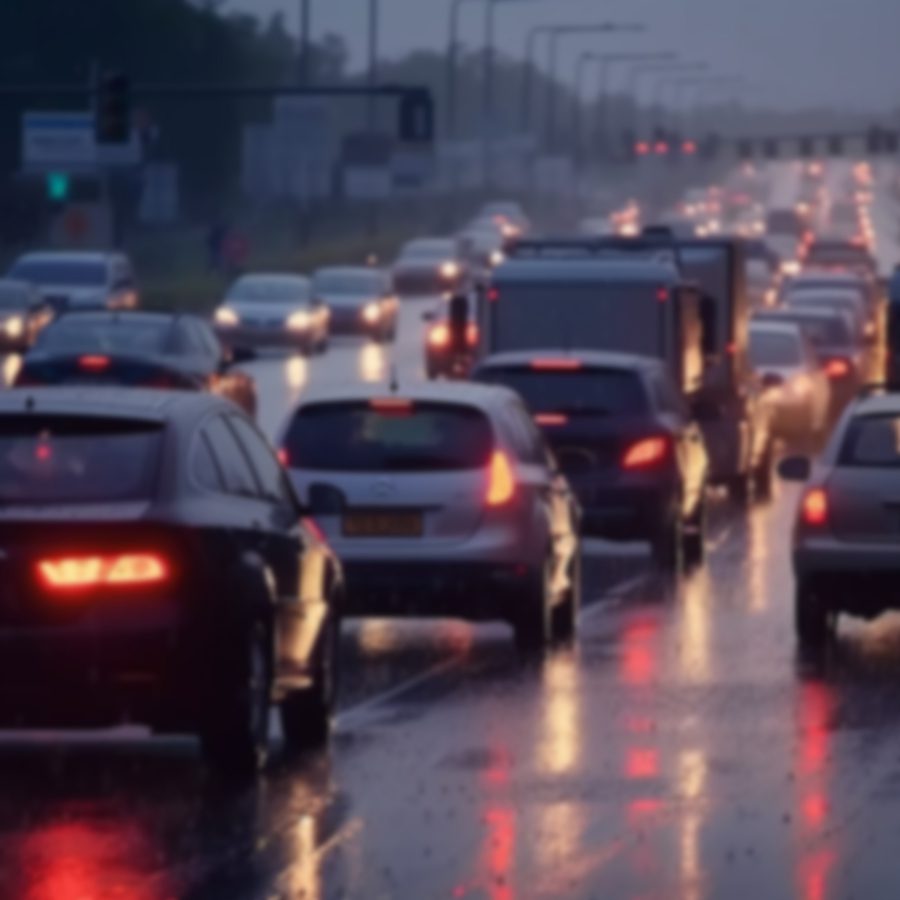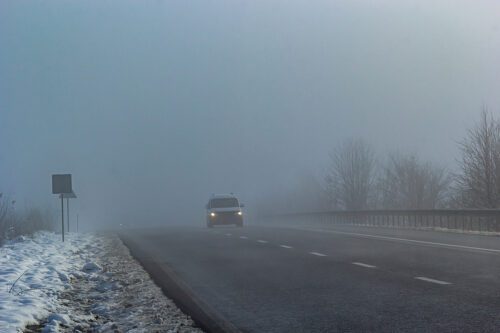
How Weather Conditions Can Affect Car Accident Liability
When you are involved in a car accident in adverse weather conditions, the weather may have an impact on who is liable for the accident, and therefore, who is entitled to damages from the accident. If you have been involved in a car accident where you were seriously injured and you believe adverse weather is a factor, an experienced car accident attorney will ensure you get the compensation you need to recover and move forward.
The Role of Weather in Car Accidents
When the weather is bad, accidents increase. Weather can impact visibility, pavement friction, vehicle performance, traffic patterns, and stability. Bad weather can impact your ability to see the road clearly, and the decreased pavement friction can make vehicles difficult to control. The greatest impact on traffic accidents is when roadways are wet, with rainfall causing nearly half of all weather-related accidents according to the National Highway Traffic Safety Administration (NHTSA). Although winter conditions do pose an increased risk of traffic accidents, statistically speaking, you are far more likely to be in a weather-related car accident during rainfall.
Legal Principles of Car Accident Liability
The two primary legal principles in determining liability are negligence and fault. Negligence is a person’s failure to behave reasonably to prevent harm. If a driver was distracted by texting and caused an accident, the victim could claim that the driver was behaving in a negligent manner. Negligence claims need to prove four things: the duty of the driver, the breach of action, causation (the actions or inaction), and damages.
It is important to establish fault in a car accident, because this assignment of fault determines who is responsible for any damages that occurred as a result of the accident. In many cases, fault is straightforward. Rear-end collisions are almost always the fault of the car who hits from behind, even if the other driver stopped suddenly. If one driver was speeding, under the influence, or failing to obey traffic laws, fault can be determined without much difficulty. In other instances, fault is less obvious and will be determined by the written report of the responding police officer.
Contributory and Comparative Negligence
To understand liability in a car accident, it is important to understand contributory and comparative negligence.
- Contributory Negligence: in contributory negligence, a victim who is partly at fault for causing their own injuries is barred from pursuing a claim of any compensation. For example, if both drivers were engaged in negligent behavior while driving, even if the behavior was unequal, neither can attempt to get any compensation for injuries or damages.
- Comparative Negligence: in comparative negligence, both parties in the accident share some of the liability, but the percentage of damages that can be recovered is based on how much fault was shared
When a car accident was caused, at least in part, by adverse weather, it may impact how much fault drivers are liable for. When a driver has no way to avoid an accident, the driver will likely not be held liable. However, if the driver could have taken some action to avoid the accident, partial liability may be assigned, which would impact the compensation a victim is entitled to.

Proving Liability in Weather-Related Accidents
Accidents caused by adverse weather are often treated as “at-fault” accidents. However, if you were determined to be at fault and feel it was unfairly given, you do have the right to appeal that decision. You will need to verify that you were not exceeding the speed that would be considered reasonable in those weather conditions, that you were observing a safe distance from other drivers, that the weather event was not anticipated, and that you, as the driver, could not have done anything differently in order to avoid the accident.
There are many challenges in proving liability in car accidents caused by adverse weather conditions. Physical evidence, eyewitness accounts, accident reconstruction, and expert testimony play a crucial role. Because proving that you were not liable for the accident due to adverse weather is so difficult, you will need the help of an experienced attorney who can assist you in gathering evidence and witnesses.
Safety Tips for Driving in Adverse Weather
Staying off the roads when the weather is poor is the best way to avoid a car accident caused by adverse weather, but this isn’t always possible. You can’t control everyone on the road, but there are things you can do to keep yourself as safe as possible when driving in bad weather.
-
Slow down.
Reducing your speed gives you more control when the roads are wet and slippery.
-
Increase following distance.
You can’t change physics. If you don’t allow enough stopping distance between you and the car ahead of you, your risk of a rear-end collision is high. In ideal conditions, you should leave a distance of about 2-3 seconds between you and the car ahead, but as conditions worsen, you need to double, or even triple that distance to give yourself time to stop.
-
Increase your visibility.
This means that you can both see and be seen. Headlights should always be on during bad weather. In low visibility or severe weather, using your hazard lights can make your car more visible to other drivers.
-
Stay in control.
Abrupt actions, like sudden braking, swerving, or changing lanes will increase the chance of losing control of your vehicle in bad weather. Stay focused on the road to avoid the need to react abruptly.
-
Pay attention to accident prone areas.
On and off ramps, major intersections, and bridges are all potential hot spots for accidents in bad weather. When traveling in adverse weather, increase your focus in these areas.
-
Be prepared.
Before driving in bad weather, make sure you know what to do if your car begins to skid or hydroplane. If your car has the technology for traction control or anti-lock brakes, make sure you are familiar with how to engage it. Before heading out in bad weather, make sure your tires, fluids, battery, and wipers are in good shape.
If you have been involved in a car accident during adverse weather conditions, especially if you are facing serious injuries, you need the help of a local car accident attorney who has experience with cases like yours. Just because the car accident was caused by weather does not mean that you do not have the right to compensation, and we can help you navigate the process. If you’ve been seriously injured in a car accident that wasn’t your fault, contact Arthur Law Firm (419) 782-9881 right away for a free consultation.